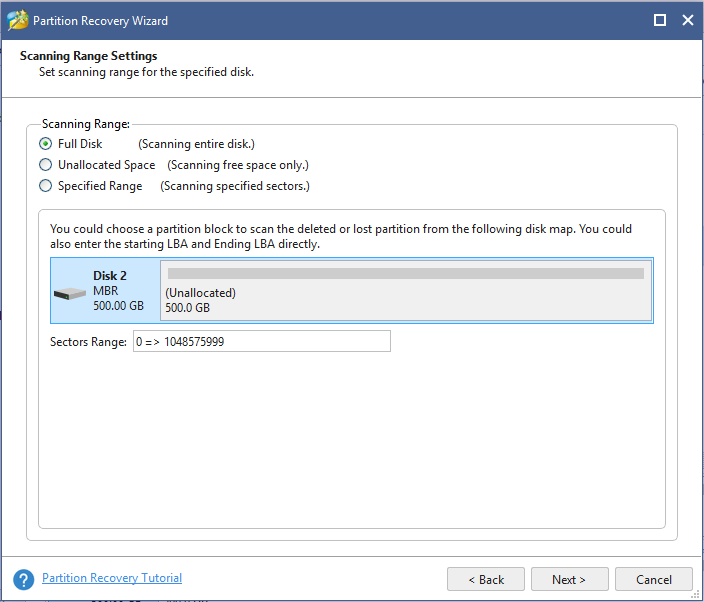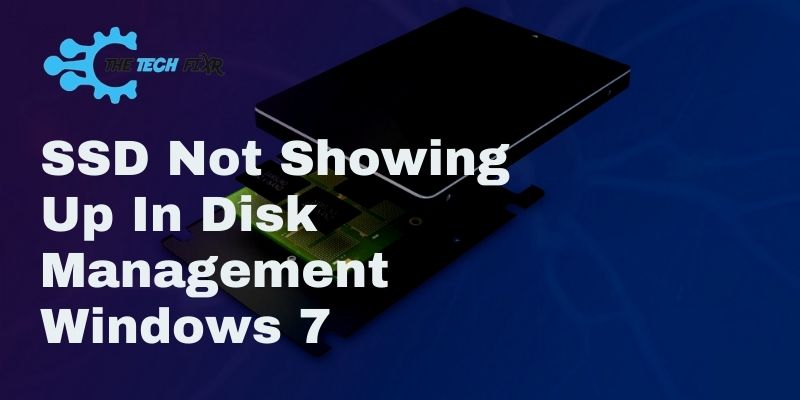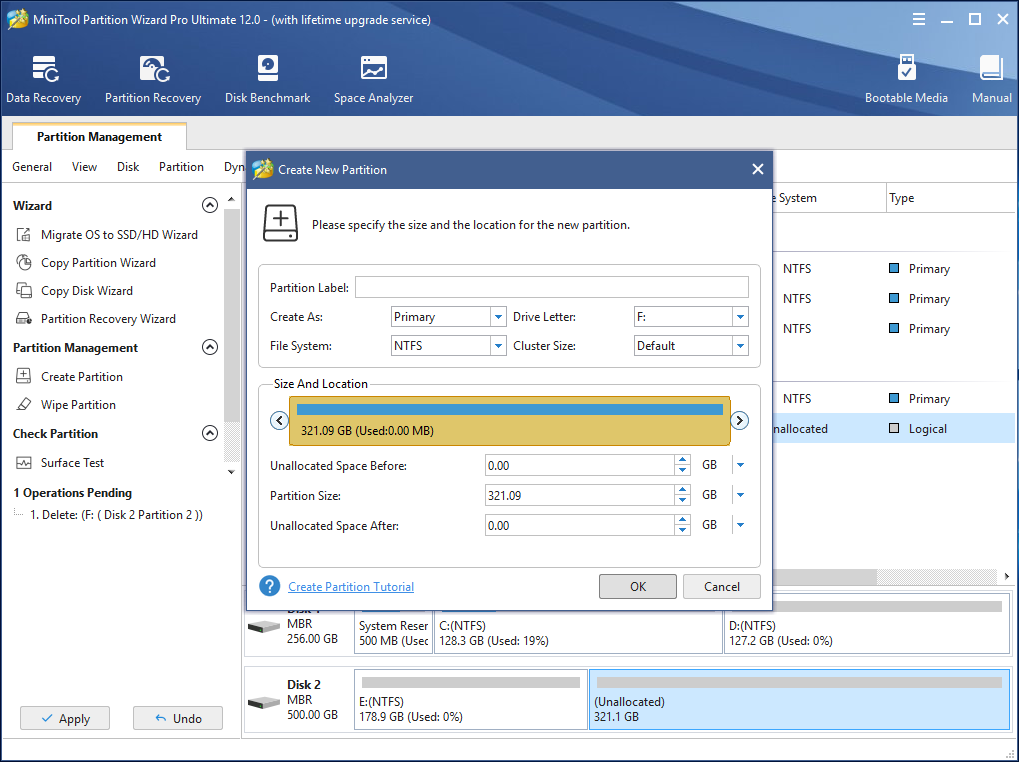

Reinstalling Samsung Magician didn't do anything (nor enabling/disabling RAPID mode) nor did removing any hidden devices (even a hidden device that was the old SSD), FWIW, which I'd tried first. Then the new hard drive is recognized and the driver installs itself, from Microsoft as expected. The fix is what was suggested earlier by mjperry51: uninstall the hard drive from Device Manager. I'd used Macrium Reflect instead of Clonezilla, but exactly the same symptoms.īut, I'd made an image the night before, so I was adventurous. I had the same problem: Samsung 840 EVO 250GB (old) -> Samsung 850 EVO 500GB (new). We live and learn, and over the years, I've learned that it's sometimes ok to accept less than total perfection to avoid a whole lot of pain/expense.I apologize for the necropost, but I thought I'd post the solution as this is the first result in Google. I've tried fixing minor things like this for myself and for customers in the past and ended up in a much bigger hole. Not to mention keeping a tab of how much data has been written to your drive, although with SSD's now it is highly unlikely they will die any time soon for the average consumer or prosumer. Which of course you should tinker with if you know what you're doing. Or simply try system restore and see how that goes?Īlso I would recommend installing the application that comes with any SSD as they generally helps with you advanced features such as over provisioning.

The fix I see is relatively simple, is to uninstall the driver via right click and it should re-install correctly. Just because they are OEM software it doesn't mean they do not come bundled with the correct drivers :). It was a random out of the box solution, because if there are any sort of conflicts in the registry for instance then installing these two applications should rectify them. See picture below which shows Samsung at the top but the hardware id's clearly show it to be a Sandisk drive of a much larger capacity. If i drill down further into the properties of the drive, it would seem that it is correctly recognised for what it is, but Windows has not updated the description in the top level of the device manager. I do appreciate that you've taken the time to post, but in this instance I seriously doubt installing anything from Samsung will make any difference. The ATA/ATAPI drivers are from Intel as it's an Intel chipset on my mainboard. I'm not installing any Samsung software to try and rectify this, the drivers for the SSD's are part of the OS and are provided by Microsoft. Scanning for new hardware within device manaher doesn't make any difference either.

It should pick up the device and populate the fields with the info found, the old values should not persist. Thanks for your suggestions, but this is not how device manager has worked in any version of Windows ever.


 0 kommentar(er)
0 kommentar(er)
